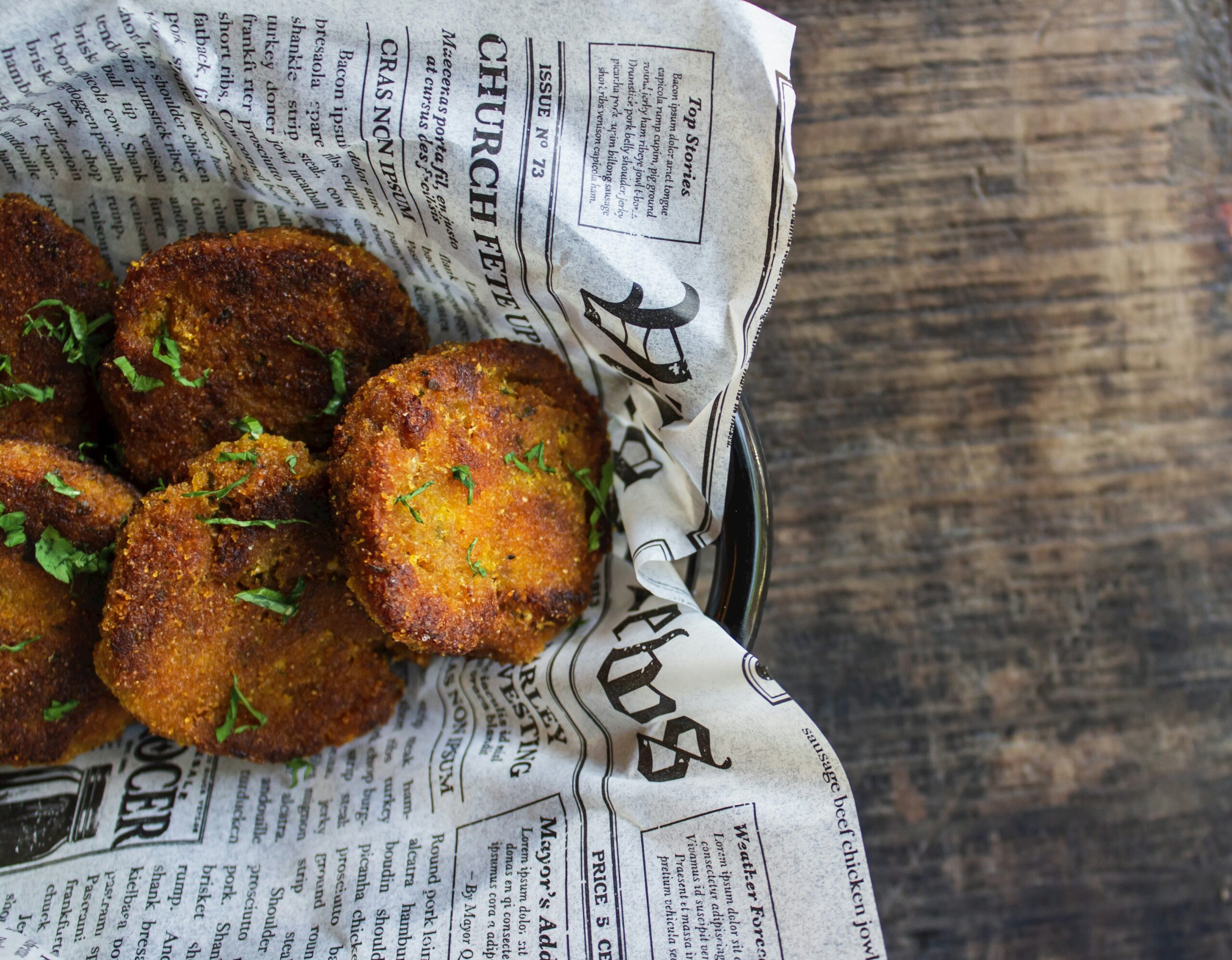Are you looking to adopt a low carb diet but feeling overwhelmed by the multitude of food options available? Don’t worry, we’ve got you covered! In this article, we’ll explore the world of low carb eating and provide you with a comprehensive guide on what you can eat to support your health and achieve your fitness goals. From delicious protein-rich foods to nutrient-dense vegetables, we’ll help you navigate through the plethora of options, so you can enjoy a satisfying and balanced low carb diet. Let’s get started!
Understanding a Low Carb Diet
A low carb diet is a way of eating that focuses on minimizing the intake of carbohydrates, particularly from sources such as bread, pasta, rice, and sugary foods. The purpose of this diet is to shift the body’s metabolism towards burning fat as the primary source of fuel instead of relying on carbohydrates. By limiting the intake of carbs, the body is forced to break down stored fat for energy, leading to weight loss. Additionally, low carb diets have been associated with improved blood sugar control and reduced risk of chronic diseases such as diabetes and heart disease.
How Low Carb Diets Work
Low carb diets work by restricting the intake of carbohydrates, which are the body’s main source of energy. When you consume fewer carbs, your body enters a state of ketosis, where it starts breaking down fat for energy instead. This shift in metabolism helps in burning excess fat and promotes weight loss. Additionally, reducing carbohydrate intake can also help regulate insulin levels, which can benefit individuals with insulin resistance or diabetes. Low carb diets typically emphasize eating protein, healthy fats, and non-starchy vegetables while limiting or avoiding high-carb foods such as grains, sugars, and processed snacks.

Benefits and Potential Drawbacks of a Low Carb Diet
There are several benefits associated with following a low carb diet. One of the primary advantages is weight loss. By reducing carb intake and relying on stored fat for fuel, individuals on a low carb diet often experience significant weight loss. This can result in improved body composition, increased energy levels, and enhanced self-confidence.
Low carb diets have also been shown to improve blood sugar control. By avoiding high-carb foods that can cause spikes in blood sugar levels, individuals with diabetes or insulin resistance can better manage their condition. Low carb diets may also help lower triglyceride levels, increase HDL cholesterol (the “good” cholesterol), and improve overall cardiovascular health.
However, it’s important to note that low carb diets may not be suitable for everyone. Some people may experience initial side effects such as fatigue, dizziness, or the “keto flu” as their body adjusts to the new way of eating. Additionally, low carb diets restrict certain food groups, which may make it challenging to meet all nutrient needs. It’s important to ensure an adequate intake of vitamins, minerals, and fiber while following a low carb diet. Consulting with a healthcare professional or registered dietitian is recommended before starting any significant dietary changes.
Proteins to Eat on a Low Carb Diet
Protein plays a crucial role in a low carb diet, as it provides essential amino acids for muscle repair, maintenance, and overall health. Incorporating protein-rich foods into your low carb diet is important to satiety and may help prevent muscle loss during weight loss.
When it comes to protein, it’s essential to choose lean sources. These include poultry, such as chicken and turkey breast, lean cuts of beef and pork, and fish like salmon, trout, or tilapia. Eggs are also an excellent source of protein and are versatile enough to be included in various dishes.
In terms of portion sizes, a general guideline is to consume 4-6 ounces (113-170 grams) of protein per meal. This can vary depending on factors such as age, gender, activity level, and overall calorie needs. It is recommended to consult with a healthcare professional or registered dietitian to determine the appropriate portion sizes for your specific needs.

Low Carb Vegetables
Vegetables are an essential component of a low carb diet as they provide valuable nutrients, fiber, and volume to meals without adding excessive carbs. When selecting vegetables for a low carb diet, it is important to choose those that are low in carbohydrates while being rich in vitamins and minerals.
Low carb vegetables include leafy greens like spinach, kale, and lettuce, cruciferous vegetables such as broccoli, cauliflower, and Brussels sprouts, as well as zucchini, asparagus, and green beans. These vegetables are not only low in carbs but also offer numerous health benefits due to their antioxidant and anti-inflammatory properties.
Preparing low carb vegetables can be both delicious and satisfying. They can be enjoyed raw in salads, steamed, sautéed, roasted, or even grilled. Experimenting with herbs, spices, and different cooking techniques can add flavor and variety to your low carb vegetable dishes.
Healthy Fats in a Low Carb Diet
Contrary to popular belief, fats play a vital role in the body’s functions and should be included in a balanced low carb diet. Healthy fats provide energy, support cell growth, protect organs, aid in the absorption of fat-soluble vitamins, and help maintain hormonal balance.
Some examples of healthy fats and oils suitable for a low carb diet include avocados, olive oil, coconut oil, nuts, and seeds. Avocados are not only a great source of healthy fats but also provide essential vitamins and minerals. Olive oil is rich in monounsaturated fats, which have been shown to have heart-healthy benefits. Coconut oil contains medium-chain triglycerides (MCTs), which can be easily converted into energy by the body.
Incorporating healthy fats into a low carb diet can be done by adding avocado slices to salads and sandwiches, drizzling olive or coconut oil over vegetables, using nuts and seeds as toppings or ingredients in recipes, and incorporating nut butter and coconut milk into smoothies or sauces.
Fruits in a Low Carb Diet
Fruits can be enjoyed in moderation on a low carb diet, as they provide essential vitamins, minerals, and antioxidants. However, some fruits are higher in carbs than others, so it’s important to choose wisely.
Berries, such as strawberries, blueberries, and raspberries, are relatively low in carbs and can be enjoyed in moderation. Other fruits with lower carb content include melons, such as watermelon and cantaloupe, and citrus fruits like oranges and grapefruits. It’s important to keep in mind portion sizes and monitor the impact of fruits on your blood sugar levels if you have diabetes or insulin resistance.
The recommended amount of fruit on a low carb diet varies depending on individual needs and goals. Generally, it is advised to consume around 1-2 servings of low carb fruits per day. Consulting with a healthcare professional or registered dietitian can provide more personalized guidance on fruit consumption for a low carb diet.
Include Dairy in a Low Carb Diet
Dairy products can be included in a low carb diet, as they provide essential nutrients such as calcium, protein, and B vitamins. However, it’s important to consider individual tolerance and choose wisely.
Some dairy products, such as plain yogurt, cottage cheese, and hard cheeses, are relatively low in carbs and can be enjoyed in moderation. These products offer a good source of protein and can be incorporated into meals or enjoyed as snacks.
For individuals who are lactose intolerant or prefer to avoid dairy, there are alternative dairy products available. These include lactose-free milk, almond milk, coconut milk, and soy milk. Non-dairy options such as tofu, tempeh, and plant-based yogurts can also be included in a low carb diet.
It’s important to note that while dairy can be part of a low carb diet, some individuals may experience sensitivities or allergies to dairy products. It’s essential to listen to your body and choose options that work best for you.
Nuts and Seeds in a Low Carb Diet
Nuts and seeds are a nutritious and convenient snack option for individuals following a low carb diet. They provide healthy fats, fiber, protein, and various vitamins and minerals. However, portion control is crucial when incorporating nuts and seeds into a low carb diet, as they are energy-dense.
Some low carb nuts and seeds options include almonds, walnuts, macadamia nuts, chia seeds, flaxseeds, and pumpkin seeds. These can be enjoyed on their own, added to salads, or used as toppings for dishes or desserts.
When it comes to portion control, a general guideline is to consume a small handful (about 1 ounce or 28 grams) of nuts or seeds as a snack. It’s easy to overconsume these calorie-dense foods, so mindful eating and portion awareness are important.
Beverages Allowed in a Low Carb Diet
Choosing the right beverages is crucial when following a low carb diet. Some beverages can contain hidden sugars or high carb content, which can hinder your progress.
Water is the best and most essential beverage for staying hydrated on a low carb diet. It has zero carbs, keeps you feeling full, and helps maintain optimal bodily functions. Additionally, black coffee and unsweetened tea are also low in carbs and can be enjoyed in moderation.
Avoiding beverages with added sugars is crucial on a low carb diet. This includes sodas, fruit juices, energy drinks, and sweetened beverages. Opt for sugar-free or naturally sweetened options if you prefer flavored drinks.
Condiments and Sauces for a Low Carb Diet
Condiments and sauces can enhance the flavor and enjoyment of meals on a low carb diet. However, many store-bought condiments and sauces can contain added sugars or high amounts of carbs. It’s important to read labels and choose wisely.
Sugar content in condiments and sauces can add up quickly, so opting for homemade or low sugar alternatives is a better choice. Making your own salad dressings, marinades, and sauces allows you to control the ingredients and reduce unnecessary carbs.
Choosing the right condiments and sauces for a low carb diet can include options such as mustard, hot sauce, salsa, mayonnaise, and vinegar-based dressings. These options tend to be lower in carbs and sugars compared to some other commercially available options.
Low Carb Snacks
Having healthy low carb snacks on hand can help curb cravings and keep you satisfied between meals. It’s important to choose snacks that are low in carbs but still provide essential nutrients.
Some healthy low carb snack options include sliced veggies with guacamole or hummus, a handful of nuts or seeds, hard-boiled eggs, Greek yogurt, cottage cheese, or cheese sticks. These snacks provide protein, healthy fats, and fiber, which can help keep you full and satisfied.
When it comes to snacking on a low carb diet, timing is important. Snacks should be consumed mindfully and when hunger strikes. It’s essential to listen to your body’s signals rather than snacking out of boredom or habit.
What to avoid in low carb snacks are packaged snacks that are labeled as “low carb” but often contain hidden sugars or unhealthy artificial ingredients. Reading labels and choosing whole, unprocessed foods is essential for making the best snack choices on a low carb diet.
In conclusion, a low carb diet can be a beneficial way of eating for weight loss, blood sugar control, and overall health. By understanding the principles and incorporating a variety of protein, low carb vegetables, healthy fats, fruits in moderation, dairy, nuts and seeds, suitable beverages, condiments and sauces, and healthy low carb snacks, you can create a well-rounded and enjoyable low carb meal plan. As with any dietary change, it’s important to consult with a healthcare professional or registered dietitian to ensure your nutritional needs are being met while following a low carb diet.


